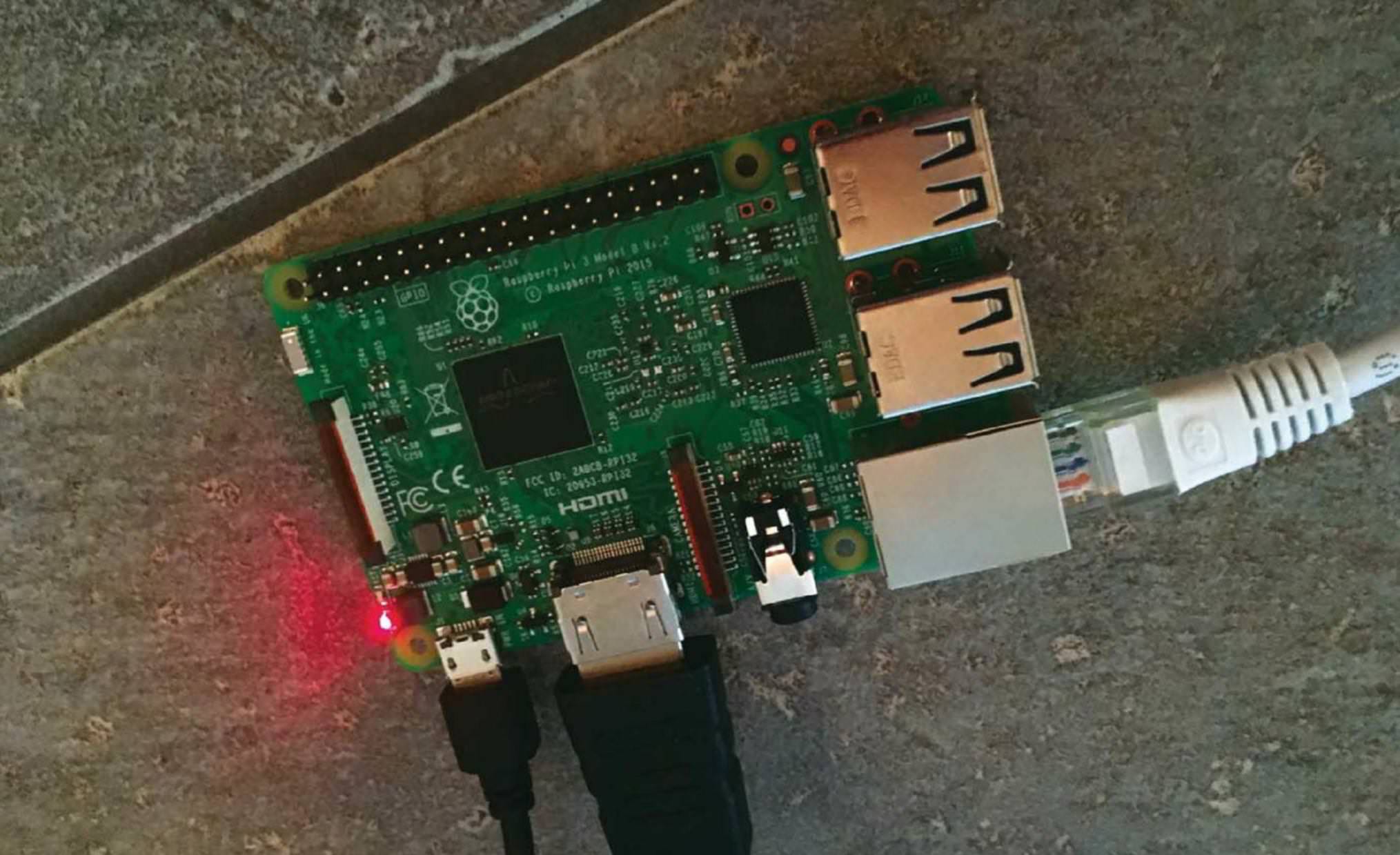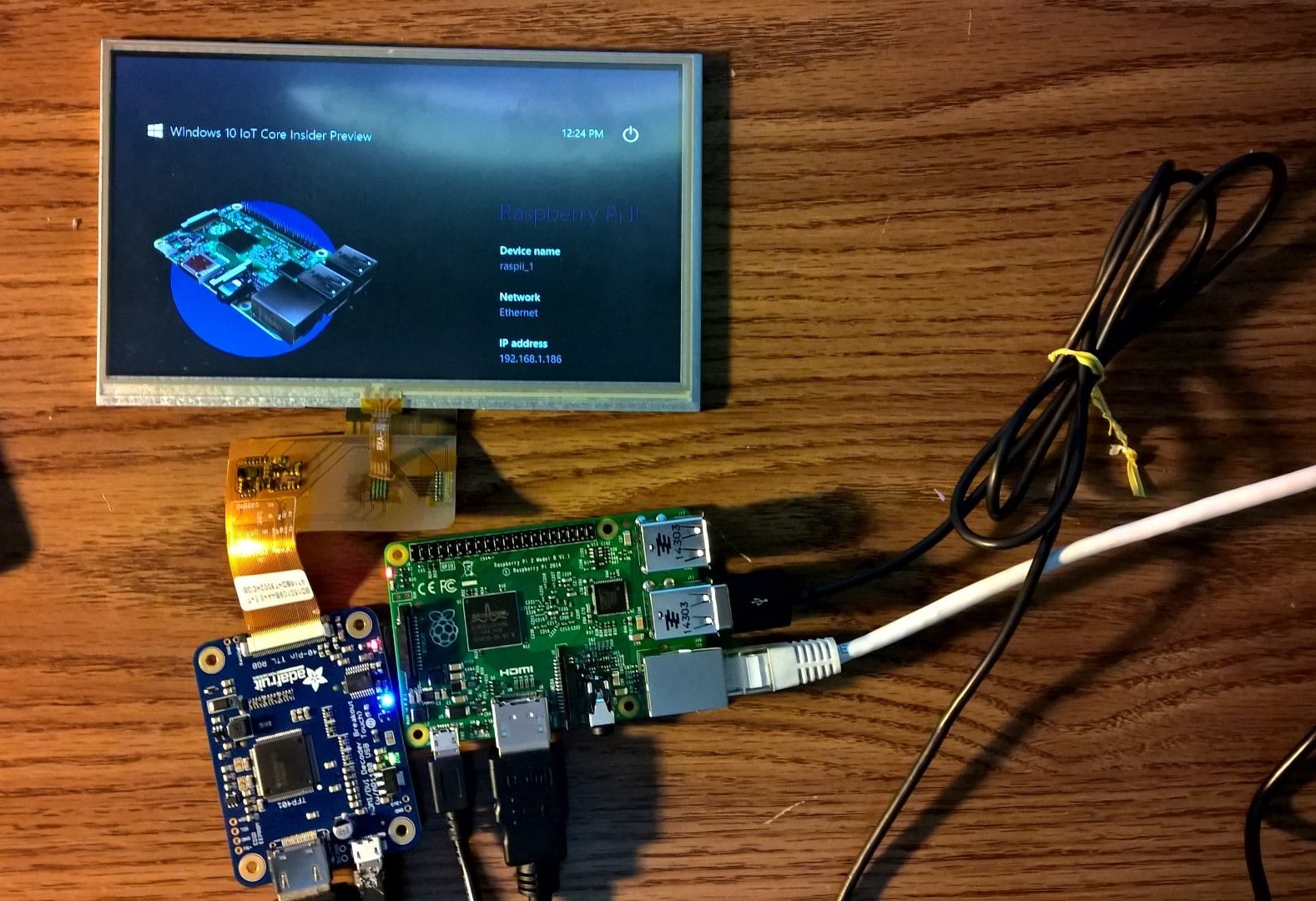Free Remote Access To Raspberry Pi: Your Guide To Remote IoT
Are you ready to break free from the constraints of your local network and control your Raspberry Pi from anywhere in the world? The ability to remotely access and manage your Internet of Things (IoT) devices is no longer a futuristic fantasy; it's a readily achievable reality, and it's often available at no cost. This article dives deep into the practicalities of achieving this, providing you with a step-by-step guide to setting up secure, remote access to your Raspberry Pi, overcoming firewalls, NAT routers, and the complexities of dynamic IP addresses.
The allure of remote access extends far beyond mere convenience. Imagine the possibilities: automating your home systems, monitoring sensors in a remote location, or even simply having the freedom to tinker with your projects from any corner of the globe. The barrier to entry has been significantly lowered thanks to innovative solutions like RemoteIoT and readily available open-source tools. This guide is designed to demystify the process, offering a practical roadmap that even those with limited technical expertise can follow. We'll explore the advantages of using secure shell (SSH) for remote access, and provide you with the information you need to securely connect and manage your Raspberry Pi devices, without the need for complex port forwarding.
| Feature | Description |
|---|---|
| Concept | Remote access to Raspberry Pi devices via secure channels, bypassing firewall and NAT restrictions. |
| Target Audience | Tech enthusiasts, developers, hobbyists, and IoT professionals seeking remote control of their devices. |
| Primary Tools | RemoteIoT, SSH (Secure Shell), Raspberry Pi |
| Key Benefits |
|
| Core Technologies | VPC (Virtual Private Cloud), SSH, Cloud Native Applications, OTA updates |
| Free Resources | RemoteIoT free tier, Raspberry Pi OS, free AWS tier, open-source tools |
| Practical Applications |
|
For more information, you can check out the official Raspberry Pi Foundation website.
- Top Vegas Movies Trailers From Sin City To Minecraft
- Where To Watch Vaga 2021 Streaming Movie Details
The need for remote access to IoT devices is growing at an unprecedented rate. Whether it's for personal projects, professional deployments, or anything in between, the capability to control your devices from a distance provides unparalleled flexibility and control. This is why understanding how to set up and utilize solutions such as RemoteIoT, and the use of SSH, has become so important. Fortunately, these tools are designed to make the process simple and straightforward.
The first step is to understand the foundational concepts. Secure Shell (SSH) is a critical tool for managing your Raspberry Pi remotely. SSH servers listen on port 22 by default. However, when your Raspberry Pi is behind a firewall, a Network Address Translation (NAT) router, or potentially CGNAT (Carrier-grade NAT), direct access via SSH becomes a problem. This is where solutions like RemoteIoT come into play, providing a secure and convenient way to establish the necessary connections.
The process typically involves the following key steps:
- Find Hot Masa49 Xxx Videos Now Latest Clips Free Porn
- Vegamovies Guide Watch Stay Safe In 2024 Alternatives
- Account Creation: Begin by creating a free account on the RemoteIoT website. This process is designed to be quick and easy, taking only a minute or two.
- Service Installation: Open a terminal on your Raspberry Pi, or access it using SSH on your local network, and install the RemoteIoT service.
- Portal Login: Open the RemoteIoT portal in your web browser and log in to your account dashboard.
- Device Discovery: You should now see your Raspberry Pi listed among your account devices.
- Connection: Click the "Connect Port" button and select the appropriate options to establish a connection.
One of the core benefits of using a platform such as RemoteIoT is the ability to circumvent the need for port forwarding, which can be complex and often requires you to delve into the configuration settings of your router. RemoteIoT provides a more elegant solution, allowing you to connect to your Raspberry Pi directly, as if it were on your local network, regardless of your network setup.
RemoteIoT also offers features such as sending commands and batch jobs to your Raspberry Pi from a web portal. This greatly simplifies the remote management process, making it easy to execute scripts, update software, and perform other tasks without directly interacting with the Raspberry Pi's terminal.
The architecture often involves the use of a Virtual Private Cloud (VPC), which provides a secure and isolated network environment for your Raspberry Pi. This enhances the security of your connections and protects your devices from unauthorized access.
Consider the broader context: in a world driven by connectivity, the ability to remotely manage IoT devices is no longer a luxury it's a necessity. Whether it's monitoring sensors in a remote location, controlling a home automation system, or even just tinkering with a personal project, the ability to do so from anywhere provides flexibility and efficiency.
If you are looking for free resources to help you with the setup, start with the official Raspberry Pi website, where you can download the latest operating system. Additionally, consider leveraging the free tier offered by cloud providers like AWS to host and manage your remote access infrastructure.
RemoteIoT offers a free version, allowing you to manage multiple Raspberry Pi devices remotely. This can lead to significant savings on hardware and infrastructure costs by leveraging the power of remote access.
In conclusion, accessing remote IoT devices with a Raspberry Pi for free is within reach, and a well-defined process that combines the right tools and techniques. Setting up your Raspberry Pi, using platforms such as RemoteIoT, and configuring your network settings, can empower you to control and monitor your IoT devices from anywhere. Embrace the opportunity to automate, experiment, and innovate without the confines of your local network. The journey begins with a few simple steps, and the possibilities are virtually limitless.
This guide has provided you with the essential knowledge to get started. Now it's time to turn theory into practice. Take the plunge, set up your RemoteIoT account, install the service on your Raspberry Pi, and experience the power of remote access firsthand. Youll find that it's not only easy to do but also empowering, opening up a world of possibilities for your IoT projects.
Remember, the key is to start. The setup might seem intimidating initially, but with each step you take, and with the resources and support available, you'll grow more confident, capable, and skilled in managing your Raspberry Pi remotely.
Embrace the adventure. The power to control your devices from anywhere is now at your fingertips.



Detail Author:
- Name : Zelda Leannon
- Username : vivianne.ernser
- Email : enrique07@hotmail.com
- Birthdate : 1996-08-13
- Address : 36815 Luettgen Plain New Elza, AK 93455-5563
- Phone : (623) 545-8900
- Company : Lowe Inc
- Job : Engineering Technician
- Bio : Voluptatem quia et qui sed explicabo quia. Vel qui natus dolor qui. Fugiat ut ut voluptatem est.
Socials
twitter:
- url : https://twitter.com/hannah.will
- username : hannah.will
- bio : Maxime ipsa omnis beatae. Quas culpa laboriosam quo reiciendis nemo repellat. Ea aut ducimus ipsam nihil qui eos.
- followers : 742
- following : 1907
tiktok:
- url : https://tiktok.com/@hwill
- username : hwill
- bio : Labore velit iste iusto dolores optio.
- followers : 1338
- following : 2406
instagram:
- url : https://instagram.com/hwill
- username : hwill
- bio : Velit veritatis qui natus sit. Dolore excepturi eos et adipisci. Est tenetur quia eius cupiditate.
- followers : 878
- following : 1336
linkedin:
- url : https://linkedin.com/in/hannah_will
- username : hannah_will
- bio : Magni placeat quia quo sint.
- followers : 5038
- following : 2434